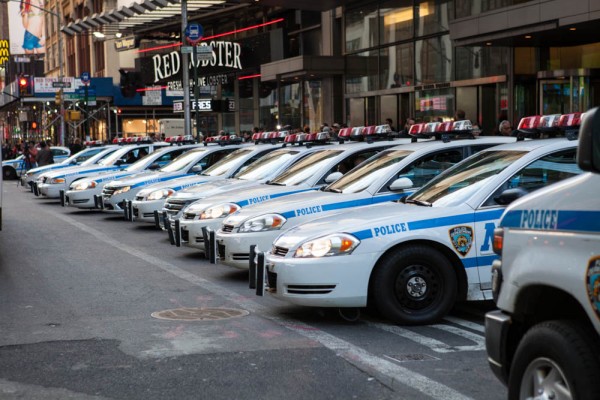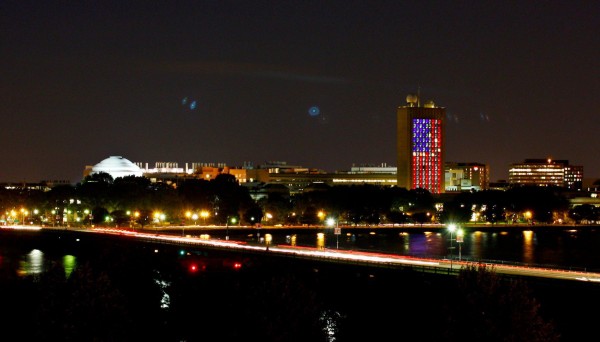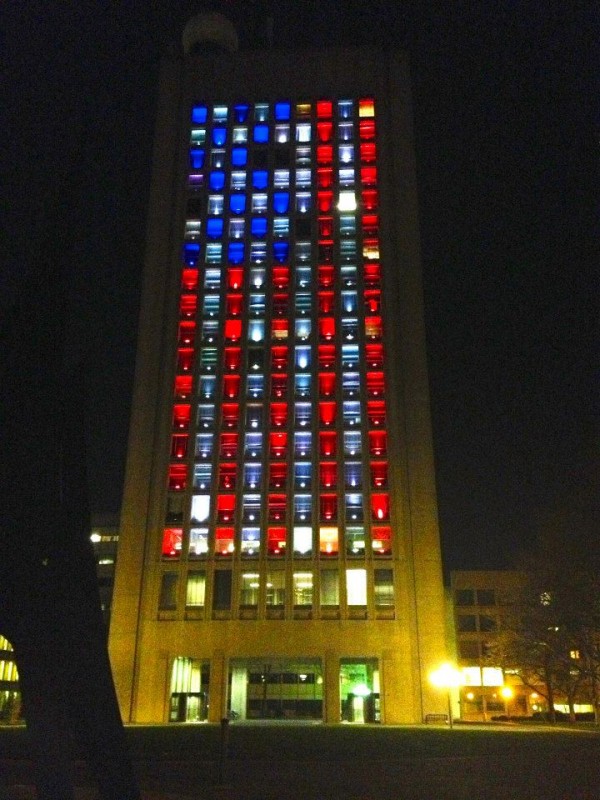
Rachel Kaplan/WSN
Universities in major U.S. cities joined authorities in a state of high alert after an explosion at the finish line of the Boston Marathon injured over 140 and killed 3 people yesterday afternoon.
A bomb exploded near the Boylston Street finish line at approximately 2:50 p.m. yesterday. Shortly afterward, a second bomb went off 550 yards away. Any correlation between the bombings and a fire at John F. Kennedy Presidential Library and Museum was not confirmed.
In a schoolwide email, Boston College confirmed that although several hundred BC students ran in this year’s marathon, no casualties were reported. Emerson College stated in an email that seven students were injured in the bombing but were returned safely to school that evening.
Some local students like Joey Rafidi, a Massachusetts Institute of Technology junior, said Marathon Monday is one of the most festive activities for students in Boston. Throughout the day, many visited the marathon site to celebrate Patriots’ Day.
Rafidi and his friends arrived on campus when they heard an explosion about a mile away, followed by another 10 seconds later.
As news of the explosion spread throughout the city, incoming phone calls reached full capacity and phone service faltered. Rafidi’s group of friends used social media to keep track of one another.
“We knew everyone was OK. Lots of status updates on Facebook and messages from family and friends,” Rafidi said. “Our dorm had a Google Doc. for people to report that they were OK.”
Soon after the incident, the student-controlled lights in MIT’s Green Building, the largest building on campus, lit up the southern facade in red, white and blue in the configuration of an American flag.


Meanwhile, Harvard University canceled all classes after 4 p.m., and Emerson College suspended all academic activities until 7 a.m today. Students attending schools in Boston were also asked to avoid Boylston Street, but regular classes and business schedules will continue on most campuses. But while many have tried to maintain normalcy, some students believed they had brushed death.
“I stood outside the barricade cheering on runners about five miles away from where the explosions went off,” said Megan Herschlein, a freshman at Boston College. “The runners I high-fived could be dead or dying right now. If I was five miles down the road I could have been dead or dying.”
OTHER CITIES RESPOND
Universities in nearby cities such as New York and Washington, D.C., were also on high alert.
NYU issued a universitywide email to the NYU community stressing that the New York Police Department had no information to suggest NYU or New York City were targets.
Students have been urged to contact 911 or authorities if they notice suspicious activity.
The email also stated that public safety officers were maintaining close contact with the NYPD.
New York City Mayor Michael Bloomberg and Deputy Commissioner Paul Browne issued a statement saying that critical response vehicles and additional police personnel would be deployed in high-traffic areas as a precaution.
Meanwhile, in Washington, D.C., Georgetown University and George Washington University also sent out mass emails urging vigilance and reminding students of counseling and guidance services for students in need.
Like many university emails sent to college communities during a time of adversity, GWU President Steven Knapp noted in his email to students: “We hold those affected by this tragedy very much in our thoughts and prayers.”
A version of this article appeared in the Tuesday, April 16 print edition. Amy Zhang is managing editor. Additional reporting by Nicole Brown, Veronica Carchedi, Jordan Melendrez and Michael Domanico. Email them at [email protected].

























































































































































